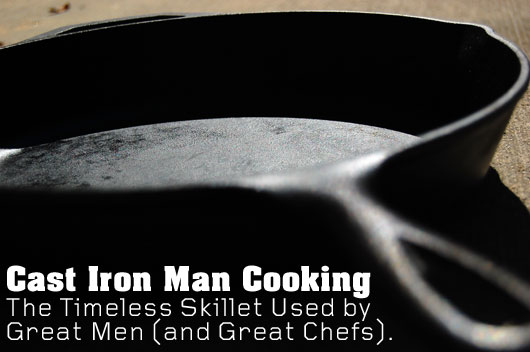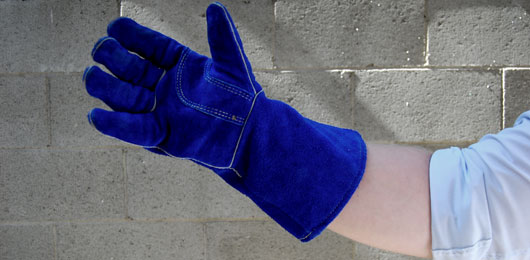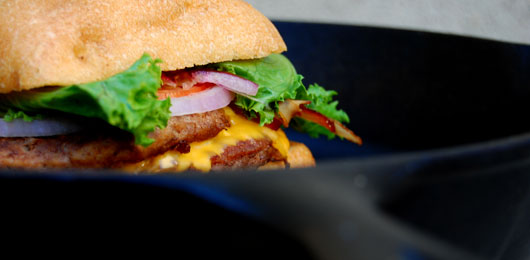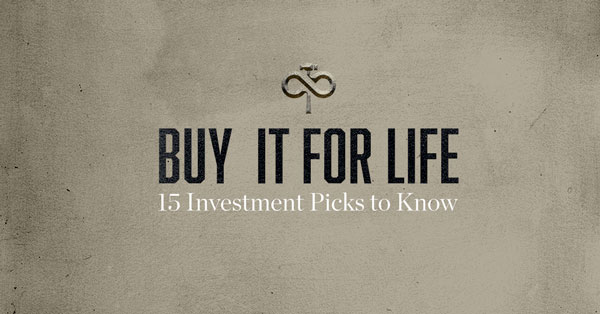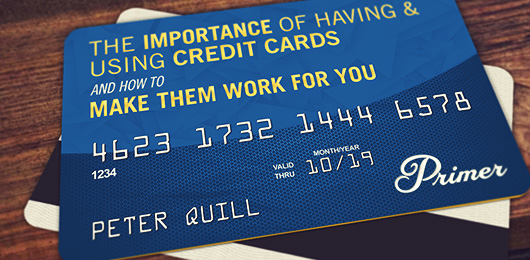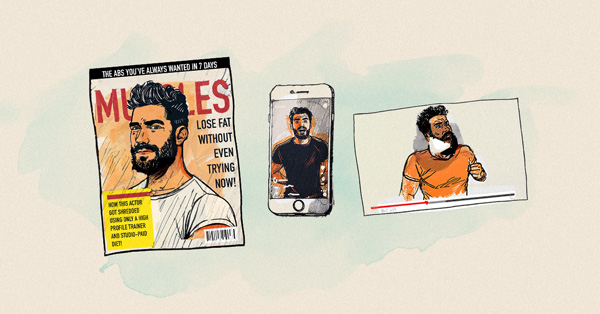By Robert Fure
Despite being as old as sin, Cast Iron still has a place in every man's kitchen. Heavy and metal, oft requiring two hands to heft, these relics continue to prove their use, and their value, to this day.
What & Why?
Cast iron cookware is about as simple as it comes – iron that has been cast to skillet shape. The cooking properties of cast iron make it unlike anything else in the modern kitchen. The heavy metal has a high melting point and will hold its shape even when subjected to the most damning infernos. Many recipes even make allowance for the iron to be put directly onto a bed of hot coals or sat on a campfire.
Iron also heats, and more importantly, retains heat, evenly. No matter where the flame, or electric stove top, touches the pan, when it has been preheated, the entire surface is the same temperature. There are no cold or hot spots, making for perfectly even cooking. The heat is also well retained – tossing on a steak won't drop the temperature like a rock, it will instead remain hot for a perfect sear.
Cast iron is very versatile and is perfect for a wide range of food:
- Steak
- Chicken
- Burgers
- Pizza
- Pie
- Eggs
How?
All is not perfect in the iron age. Unless you buy it pre-seasoned, each cast iron item must be seasoned. This seals in a layer of fat that acts as a lubricant and a protective agent. Further, if you let it sit in water, rust will set in quite quickly. Treat your pan like it deserves, though, and it will serve you to no end.
Because of the high heat retention, often times it is best to cook at a lower temperature setting than you're used to. These skillets get hot and stay hot. Good time to mention – a good oven mit, or a welder's glove, should be used to handle the hot iron. With low heat, stews can simmer all day long. On medium heat, chicken strips for fajitas cook up in a flash. Turn to medium-high and after six minutes on each side, the most delicious burger is at your fingertips. Set to high, cast iron skillets and dutch ovens are excellent at traditional deep oil frying. The high heat is most often used to sear meat, some say sealing in its juices. After the sear is completed, the entire skillet can be transferred to the oven to finish cooking. This method is a staple of steak and tuna creations.
Lest it not be forgotten, cast iron is famous for its cornbread. The outsides get a delicious crisp to them, while the soft inside remains moist. When you first pick up your cast iron, get a good recipe book as well – you're going to love working with iron.
Tips
- Use a lower heat than what you would normally select.
- Use an ample amount of lubricant (butter, grease, cooking spray, oil).
- Do not use soap to clean, as it will eat away at the seasoning.
- Hot water and a stiff bristled brush will chip away any stuckons, and the heat of cooking will keep it sanitary.
The Perfect Burger
- Gather your meat, 1/3lb per burger. Season lightly with salt, pepper, and to taste.
- Preheat the cast iron skillet on medium-high. Liberally spray with a neutral cooking oil (Peanut oil).
Form patties, then season to taste once more. Apply a thin coat of olive oil to each burger. - Place into the cast iron, cooking six minutes per side. If your skillet has a lid, place it on to lock in the heat and moisture.
- Enjoy.



